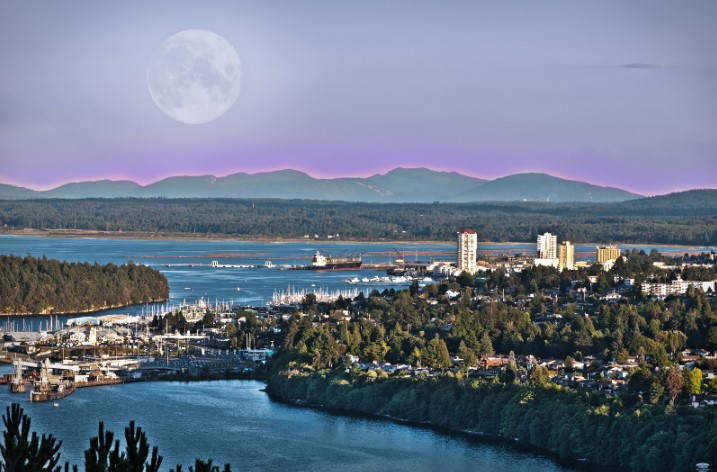Vancouver Island Demographics
Population growth continues to be an important factor in the growth of Vancouver Island’s economy. Population growth on the Island is often comparable to the province as a whole and continues to be driven by migration from other regions of Canada and, to a lesser extent, from other regions of BC. The majority of people moving to Vancouver Island typically choose to live in the coastal region on the southeast of the Island between Nanaimo and Victoria.
Income & Living Wages
A living wage is the hourly wage rate that is required for a household to meet its basic needs and provide a basic level of economic security. Living wages are calculated based on a family of four in which both parents work full-time, one child is in fulltime daycare and one child is in after school care. Costs used in the calculation include rental housing, transportation, food, clothing, childcare, medical expenses and miscellaneous expenses. The calculation does not include allowances for retirement savings, debt servicing or the costs of caring for an elderly, disabled, or seriously ill family member. The living wage on Vancouver Island ranges between $16.59 (in regions such as the Comox Valley) and $20.50 (in Victoria).
Workers in most industries on Vancouver Island earn above the living wage in their community. Skilled workers such as managers, teachers, and health care workers are more likely to earn above the calculated living wage. Those employed in hospitality, tourism, retail trade, and food services often earn below the calculated living wage.
Learn more about the economic sectors on Vancouver Island
To find more information on living costs and wages on Vancouver Island, consult recent editions of VIEA’s annual State of the Island Economic Report.
BANNER:
Current Population Statistics
Find annual population estimates (including historical data) by age & sex as well by geography (regional district, development regions, municipalities and unincorporated) at the BC Stats website or consult recent editions of VIEA’s annual State of the Island Economic Report.






 by
by 